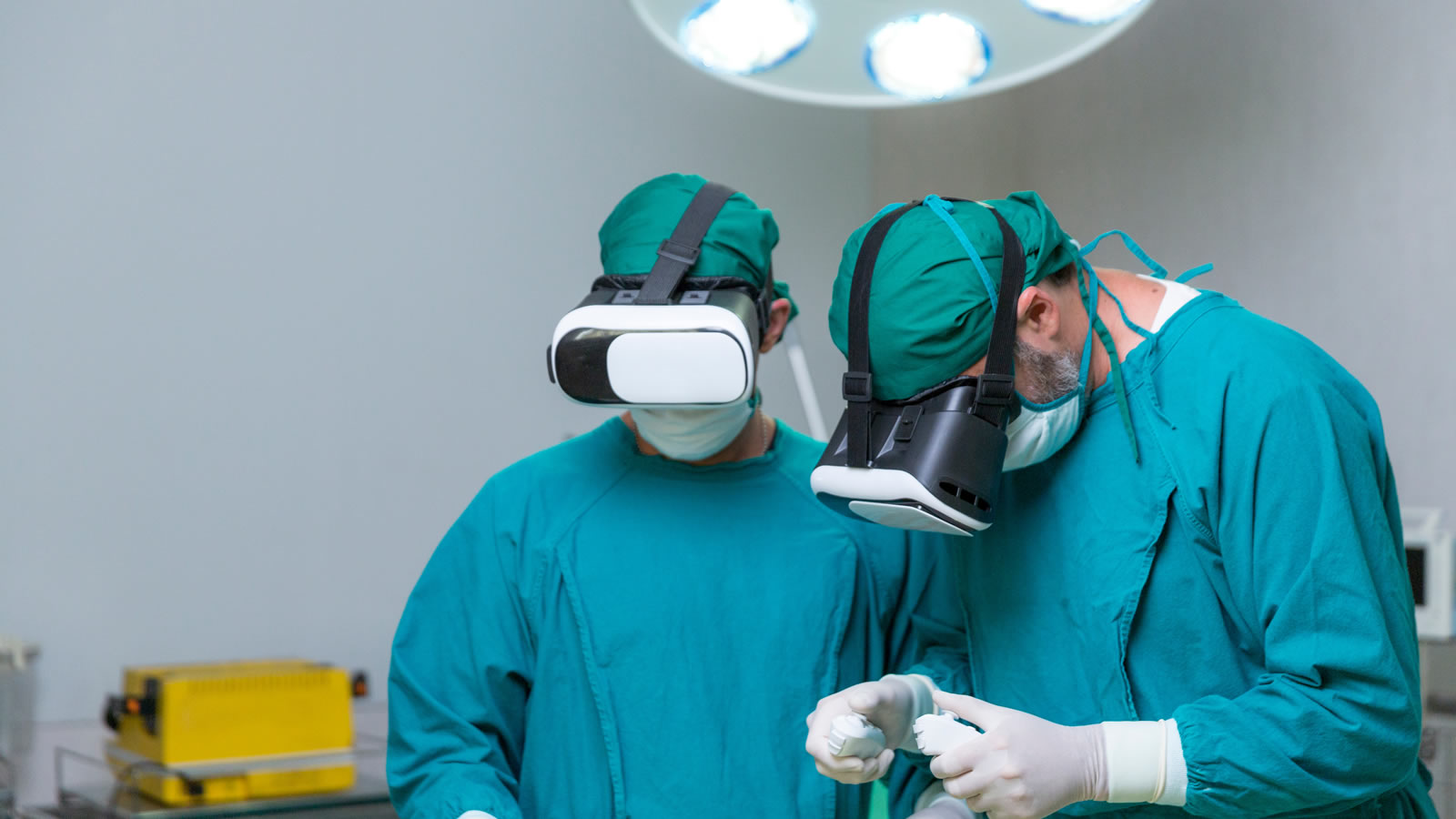Wearable technology is changing the healthcare industry by providing innovative solutions that improve patient outcomes, reduce healthcare costs, and increase patient engagement. Wearable devices such as smartwatches, fitness trackers, and health monitors are becoming increasingly popular and are being used in various healthcare settings. In this article, we will explore how wearable solutions are revolutionizing healthcare and their potential impact on the industry.
Improving Patient Outcomes
Wearable solutions are improving patient outcomes by providing real-time data that can be used to monitor and manage health conditions. Wearable devices can track vital signs, such as heart rate, blood pressure, and oxygen levels, and provide alerts when they fall outside of normal ranges. This allows healthcare providers to intervene early and prevent complications.
According to a study published in the Journal of Medical Internet Research, the use of wearables in chronic disease management has been associated with improved outcomes, including better medication adherence, reduced hospitalizations, and improved quality of life.
Reducing Healthcare Costs
Wearable solutions are also reducing healthcare costs by improving efficiency and preventing hospitalizations. Wearables can be used to monitor patients remotely, reducing the need for in-person visits and hospitalizations. This can result in significant cost savings for both patients and healthcare providers.
According to a report by Accenture, the use of wearables in healthcare could save the industry $100 billion annually by 2026.
Increasing Patient Engagement
Wearable solutions are also increasing patient engagement by providing patients with more control over their health. Patients can use wearables to track their progress, set goals, and receive feedback. This can lead to increased motivation and better adherence to treatment plans.
According to a study published in the Journal of Medical Internet Research, patients who used wearables to track their health were more likely to take an active role in their healthcare and were more satisfied with their care.
Wearable Solutions in Different Healthcare Settings
Wearable solutions are being used in various healthcare settings, including hospitals, clinics, and home healthcare. Here are some examples:
Hospitals
Wearable devices are being used in hospitals to monitor patients and prevent falls. Some hospitals are using smartwatches to monitor patients' heart rate, blood pressure, and oxygen levels. This allows healthcare providers to intervene early if there are any changes in the patient's condition.
Clinics
Wearable devices are also being used in clinics to monitor patients with chronic conditions such as diabetes and hypertension. Patients can use wearable devices to track their vital signs and receive alerts if there are any changes. This allows healthcare providers to adjust treatment plans as needed.
Home Healthcare
Wearable devices are also being used in home healthcare to monitor patients remotely. Patients can use wearable devices to track their vital signs and share the data with healthcare providers. This allows healthcare providers to monitor patients' health and intervene early if there are any changes.
Challenges and Limitations
While wearable solutions offer many benefits, there are also challenges and limitations that need to be addressed. Here are some of them:
Privacy and Security
Wearable devices collect a lot of personal health data, which can be sensitive. It is important to ensure that this data is protected and secure to maintain patient privacy.
Accuracy and Reliability
Wearable devices need to be accurate and reliable to be useful in healthcare settings. It is important to ensure that wearable devices are validated and meet regulatory requirements.
User Adoption
Wearable devices need to be user-friendly and easy to use to ensure user adoption. It is important to design wearable devices with the user in mind and provide adequate training and support.
Conclusion
Wearable solutions are revolutionizing healthcare by improving patient outcomes, reducing healthcare costs, and increasing patient engagement. Wearable devices are being used in various healthcare settings, including hospitals, clinics, and home healthcare. While there are challenges and limitations that need to be addressed, the potential benefits of wearable solutions in healthcare are significant. As wearable technology continues to evolve, it has the potential to transform the healthcare industry and improve patient care.

